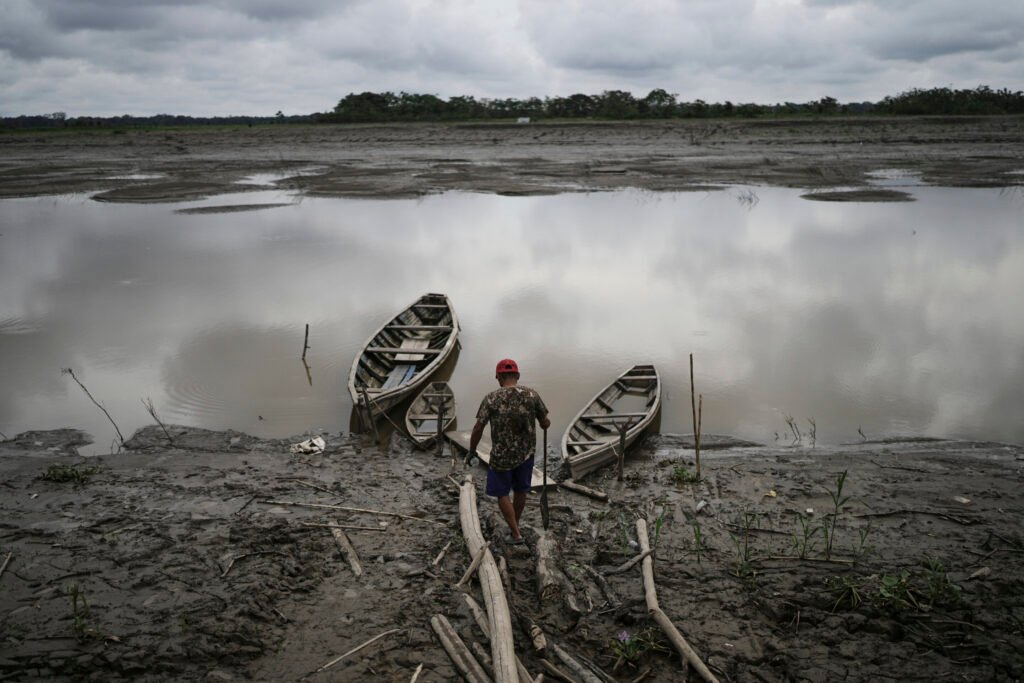The Amazon rainforest is not just a natural wonder, but also a crucial factor in maintaining human health. Indigenous peoples have long known this, and a recent study published in the journal Communications Earth & Environment further reinforces this idea. The study found that setting aside forest areas for Indigenous communities who take good care of them can lead to lower instances of diseases in those regions.
As the world prepares for the United Nations climate summit in Brazil, the significance of Indigenous stewardship of the Amazon is becoming increasingly evident. The study highlights how the health of both people and the ecosystem is intricately linked to the preservation of forests. Francisco Hernández Cayetano, president of the Federation of Ticuna and Yagua Communities of the Lower Amazon, emphasized the reciprocal relationship between human health and the natural environment.
Respiratory diseases, such as asthma caused by air pollution from forest fires, and diseases transmitted from animals to humans, like malaria, are some of the health issues that can arise when the Amazon is not properly preserved. The researchers analyzed data on forest quality, the legal recognition of Indigenous territory, and disease incidence in the Amazon bordering countries.
Experts outside the study commended the research for shedding light on the complex factors affecting human health and the crucial role of Indigenous communities in shaping it. While the findings were presented with precision, there is a need for caution due to the correlation-based nature of the study.
The study underscores the importance of recognizing Indigenous land tenure in maintaining intact forests and promoting human health. However, it also acknowledges the need for a balance between forest conservation and land use for agriculture and livestock production.
The Amazon rainforest is not just a resource for one country but a global asset that impacts the well-being of people worldwide. The study serves as a call to action for policymakers and the public to prioritize forest conservation and the rights of Indigenous communities in the Amazon. By understanding how landscapes can benefit human health, we can work towards creating sustainable environments that support both people and the planet.


